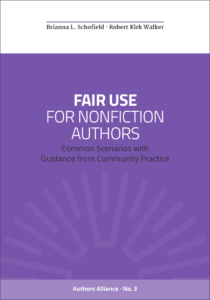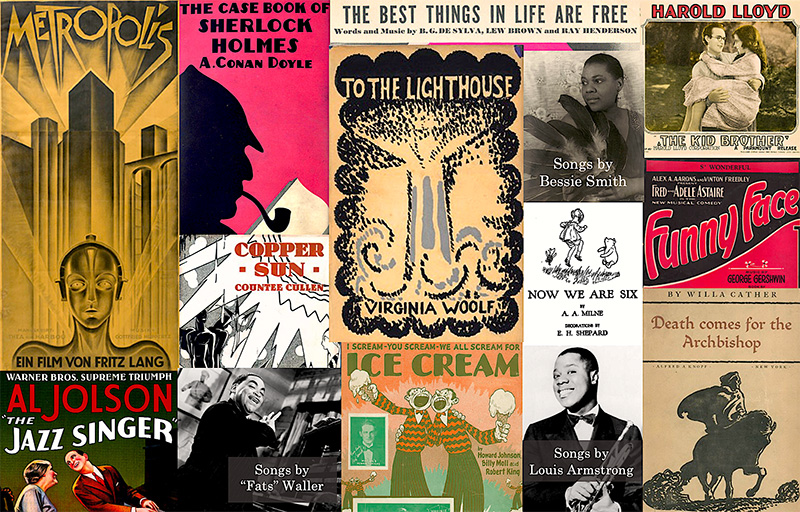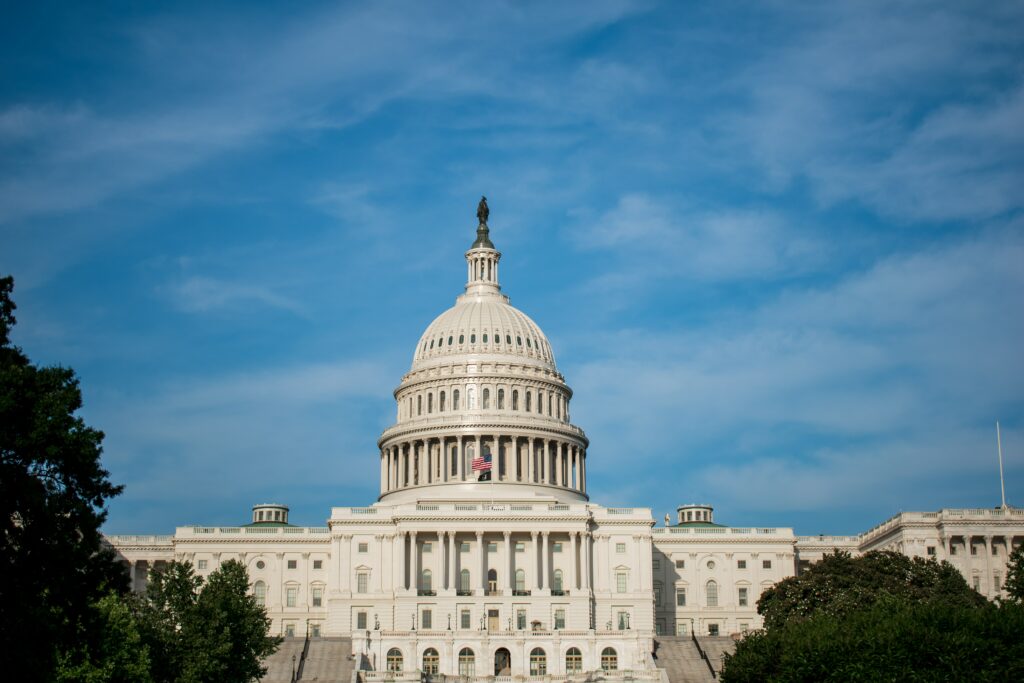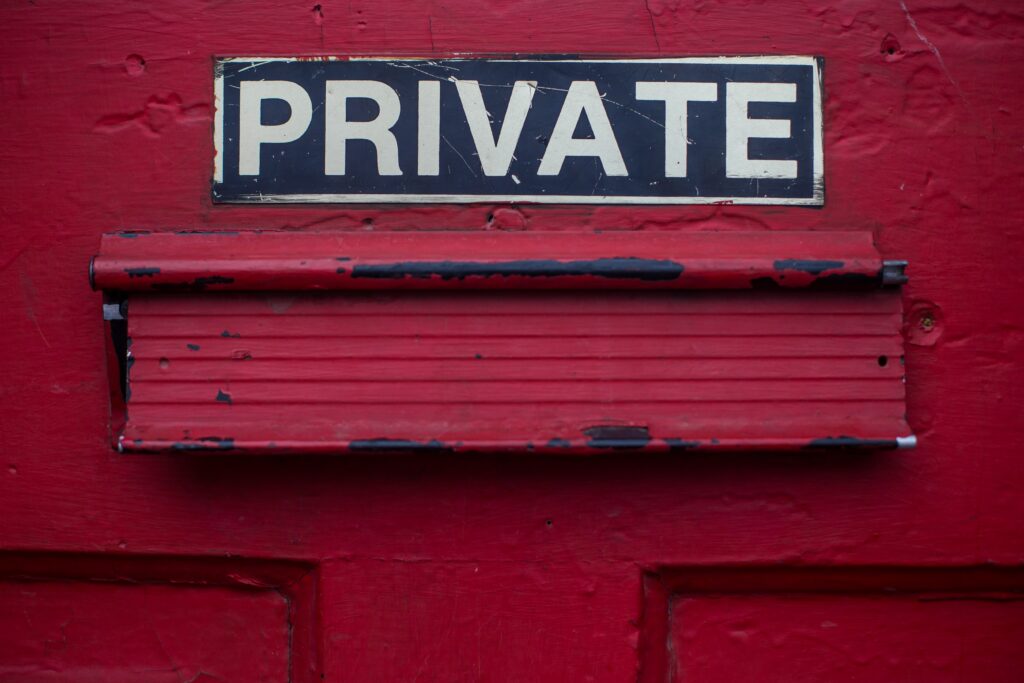Several weeks ago, the White House Office of Science and Technology Policy (OSTP) issued a memo titled Ensuring Free, Immediate, and Equitable Access to Federally Funded Research. The memo, which builds upon earlier policies including this 2013 Obama administration open access memo and this 2008 National Institutes of Health policy, directs all federal agencies with research and development spending to take steps to ensure that federally sponsored research in the form of scholarship and research data will be available free of charge from the day of publication.
The initial release of the Biden OSTP memo generated a rush of news speculating about its impact on scholarly publishing—how major publishers would react, how academic institutions would respond (and specifically whether it would result in a shift towards more “Gold Open Access” publishing in which authors pay publishers an article processing charge to publishing their article openly), and how many articles this change would affect. SPARC, a nonprofit dedicated to supporting open research, has a great summary of the policy and related news.
We recently caught up with Peter Suber, Senior Advisor on Open Access at Harvard University Library, to talk about the implications of the OSTP policy for authors. Peter is a founding member of Authors Alliance who has been deeply involved in advocating for open access for several decades.
Q: Give us a brief overview of the new OSTP policy – what is this and why is it important?
The key background is that back in 2013, the Obama White House OSTP issued a memo asking the 20 largest federal funding agencies to adopt OA policies. The memo applied to agencies spending over $100 million per year on extramural research funding. The new memo from the Biden White House extends and strengthens the Obama memo in three important ways:
- It covers all federal funders, not just the largest ones. I’ve seen estimates that the new memo covers more than 400 agencies, but the OSTP has not yet released a precise number. Among other agencies, the new memo covers the National Endowment for the Humanities. So for the first time federal OA policies will cover the humanities and not just the sciences.
- The Obama memo permitted embargoes of up to 12 months, and publishers routinely demanded maximum embargoes. The Biden memo eliminates embargoes and requires federally funded research to be open on the date of publication. Like the Gates Foundation —which I believe was the first funder to require unembargoed OA to the research it funded—the White House announced its no-embargo policy several years before it will take effect, giving publishers plenty of time to adapt.
- The Obama memo covers data, not just articles. This is an important step to cover more research outputs and more of the practices that make up open science and open scholarship.
How will publishers react to this new policy? Of course they have the right to refuse to publish federally funded research. When the NIH policy was new in 2008, we didn’t know whether any publishers would refuse. Because many publishers lobbied bitterly against it and we thought some might do just that. But it turns out that none refused. It’s hard to prove a negative, but the Open Access Directory keeps a crowd-sourced list of publisher policies on NIH-funded authors, and has so far turned up no publishers who refuse to publish NIH-funded authors just because they are covered by a mandatory OA policy.
Of course one reason is that the NIH is so large. It’s by far the world’s largest funder of non-classified research. Any publishers who refuse to publish NIH-funded authors would abandon a huge vein of high-quality research to their rivals. But when federal OA policy covers smaller agencies as well, some publishers might well refuse to publish, say, NEH-funded research, because they don’t receive many submissions from NEH-funded authors. This is something to watch.
Q: The Biden memo does not address ownership of rights or licensing for either scholarship or data. How do you think agencies will address rights issues in their implementation?
Good point. Neither the Obama nor the Bidem memo explicitly requires open licenses. But both require that agency policies permit “reuse”, which will require open licenses in practice. Unfortunately the Obama White House approved agency policies that did not live up to this requirement. We can hope the Biden White House will do better on that point. Of course Plan S requires a CC-BY license and the Biden memo conspicuously stops short of that. As a result, we can expect lots of lobbying, either at the agency level or the OSTP level — for and against explicit open licensing requirements, and for and against specific licenses like CC-BY.
Q: Some people have written about how open access policies and Plan S Rights Retention Strategy in particular undermine authors rights. E.g., this post on Scholarly Kitchen. Our point of view is that those policies address a negotiating imbalance that has traditionally favored publishers, and allows academic authors –who on the whole prefer broad reach and access to their work– to switch the “default” to open for their articles even when their publishers wish otherwise. Do you have a response to that argument that OA policies for funded research undermine authors rights?
I’ve never seen a good argument that rights retention policies harm authors or limit their rights. On the contrary, these policies help authors and enlarge their rights. I’ve made this case in response to criticisms of the rights-retention OA policies at Harvard, and I’ve enumerated the benefits of rights-retention policies for authors. (For background on the Harvard rights-retention policies, I can recommend a handout I wrote for a talk last year.)
One criticism is that rights-retention OA policies will reduce author choice by causing some publishers to refuse to publish covered authors. But in practice there is no evidence that this actually happens. I’m not aware of a single instance of this happening In the 14 years that Harvard has had its rights-retention policies. The same goes for the more than 80 Harvard-style policies now in effect in North America, Europe, Africa, Asia, and Australasia.
In fairness, Harvard-style policies give authors the right to waive the open license. By default the university has non-exclusive rights, but authors can waive that license if they wish, and publishers can demand that authors get the waiver. But that too is rare. In our case, very few publishers – just two or three – systematically make that demand, and I haven’t heard that it’s common anywhere else. Our waiver rate is below 5%. Even with waiver options, these policies definitely shift the default to open.
Under the Plan S rights retention strategy, authors add a paragraph to their submission letter saying that any accepted manuscript arising from the submission is already under a CC-BY license. Publishers have the right to desk-reject those articles upon submission. But we don’t know whether any will actually do so. Plan S has a tool to track journal compliance with the Plan S terms, and it will alert authors to steer clear of those publishers.
Q: There has been speculation that the Biden memo will accelerate the rate at which publishers adopt a “article processing charge” Gold OA model that will require all authors (or their funders or universities) to pay for their articles to be published. What do you think?
First we should note that the White House guidelines are 100% repository-based or “green”. They require deposit in OA repositories, not publication in OA journals. As far as I can tell, publishing in an OA journal would not even count toward compliance, since those authors would still have to deposit their texts and data in suitable repositories.
Publishers could say to federally-funded authors, “You can publish with us only if you pay an APC [article processing charge] for our gold option.” Authors could take them up on that or they could withdraw their submissions and look elsewhere. The new OSTP memo lets authors use some of their grant funds to pay “reasonable publication costs”. Some authors may be fooled and think that paying the fee is the only way to comply with the funder policy. But that would be untrue. As more and more authors realize that they can comply with the funder policy by depositing in a repository, at no charge, I predict that they will divide. Some will take the costless path to compliance and refuse to pay what I’ve called a prestige tax just to publish in a certain journal. Others will pay the prestige tax for a journal’s brand and reputation, if only because journal prestige still carries a lot of weight with academic authors. This obstacle to frictionless sharing is a cultural obstacle that new policies cannot directly dismantle. But we should remember that when publishers demand a publication fee and authors pay it, the authors are paying for the journal brand. They are not paying to comply with the funder policy, which they could do at no charge.
The Biden memo is equivocal about this possibility. On the one hand, it lets federal grantees use grant money to pay reasonable publication costs. On the other hand, it requires that agency policies “ensure equitable delivery” of federally funded research. The memo uses “equity” language in similar contexts half a dozen times. On one natural interpretation, this language rules out APC barriers to compliance, because APCs exclude some authors on economic grounds. This is another front on which there will be lots of lobbying as the agencies put their policies into writing. In fact, the lobbying has already begun.
Some publishers will undoubtedly demand fees or try to demand fees to publish federally-funded authors. But we already know that some will not. Science, for example, has already said that it will publish federally-funded authors without requiring them to buy its “gold” OA option. AAAS said that “it is already our policy that authors who publish with one of our journals can make the accepted version of their manuscript publicly available in institutional repositories immediately upon publication, without delay.” In a related editorial, Science explained that its authors may already deposit in the OA repositories of their choice “without delay or incurring additional fees.” It opposes a full shift toward “author pays” gold OA because it discriminates against many kinds of researchers, such as early-career researchers, researchers from smaller schools, and those in underfunded disciplines. It agrees that the APC model “can be inequitable for many scientists and institutions.” Some journals will follow Science, because it’s Science. Some will do so to avoid the equity barrier. And some will do so to signal that they will only evaluate submissions on their merits.
Q: As agencies go about developing their own plans for implementing this policy, will authors or others have an opportunity to give input, or will this be a closed-door process?
We don’t know yet. The White House didn’t solicit public comments for the 2022 memo, which angers some publishers. The Obama white house memo did solicit public comments, twice, and both times the comments overwhelmingly favored the policy.
It seems that agencies could still call for public comments before they finalize their policies. The actual development of the policies will be coordinated by three agencies: the OSTP, the Office of Management and Budget, and the National Science and Technology Council Subcommittee on Open Science. We don’t know what guidelines, if any, they will lay down for that coordination.
The background on coordination goes back to the Obama White House. When it told the large agencies that they must adopt OA policies, it allowed the policies to differ but asked agencies to work together to ensure that the policies aligned. In the end, I believe the policies differed too much. Universities really feel this because they have to comply with all of the policies, since they receive grants from each agency. Like the Obama memo, the Biden memo allows the policies to differ and calls for coordination. We can hope for less divergence than in the past.










